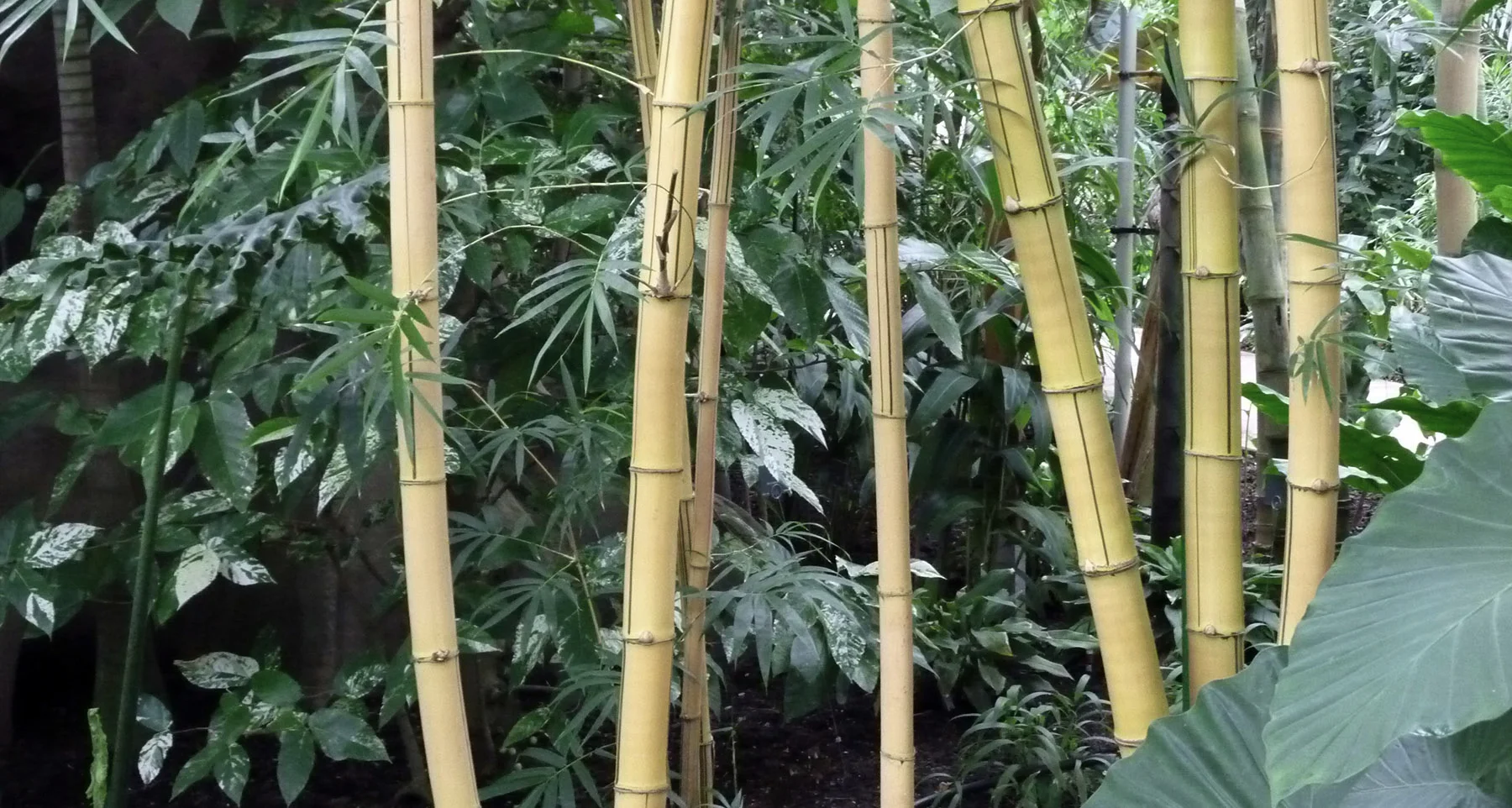Evolution of Bamboos
Bamboos are extraordinary grasses that shape the ecology of many endangered ecosystems around the world. They are the epitome of useful plants for humans. But how are they related? How did they diversify? How should we name the different lineages? As a co-leader of the international research team Bamboo Phylogeny Group (BPG), the Kelchner Lab helped sequence DNA from many of the world's bamboos and then analyze mutations among species. The evolutionary relationship among bamboo chloroplast genomes is published in the BPG's plastome phylogeny of bamboos. A new scientific classification of bamboos is also available. Collaborators: Lynn G. Clark, Amanda E. Fisher, Jimmy K. Triplett
Homology-based DNA Alignment
In 1995, Scot created an event-based method to improve the evolutionary information content of DNA alignments produced by computer software. His full method was published in 2000. After 20 years of hoping someone else would do the work, he is revisiting that method with improved techniques and better data. End goal: the next generation of DNA sequence alignment software. Collaborators: David A. Morrison
Phylogenetic Networks
Kelchner was among the first plant researchers to routinely use phylogenetic networks on nucleotide data. He and his group are trying to understand the limitations of network methods for phylogenetic inference and address troubles that researchers have with interpreting these delightful diagrams. Mathematical networks provide new insight on the evolutionary process by visualizing character conflict in the data that does not represent a tree-like pattern. Collaborators: many!
Evolution of Grasses
With more than 10,000 species, grasses are first among the plant families in economic importance. We are helping resolve evolutionary relationships among grass lineages using full chloroplast genome sequences. Our inclusion of non-coding regions has greatly increased the number of characters we can bring to grass phylogeny estimation. Some of the story is already in print; more is coming soon. Collaborators: Lynn G. Clark, Melvin R. Duvall




